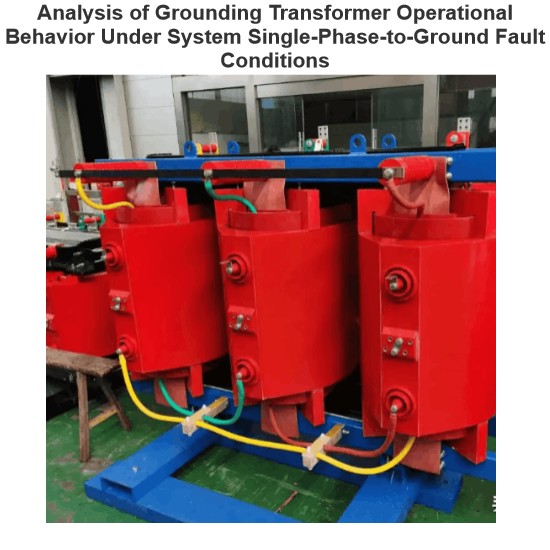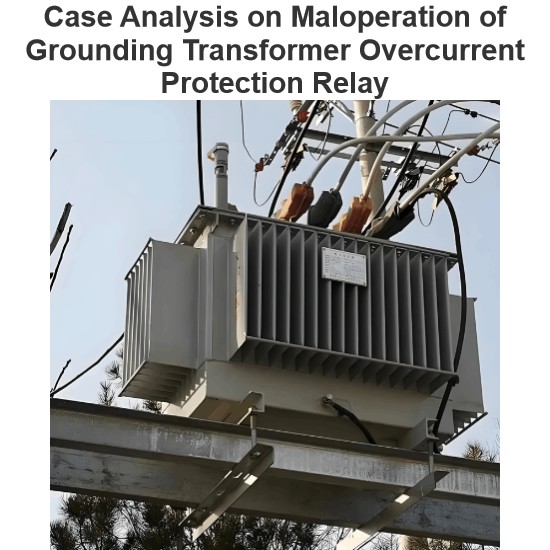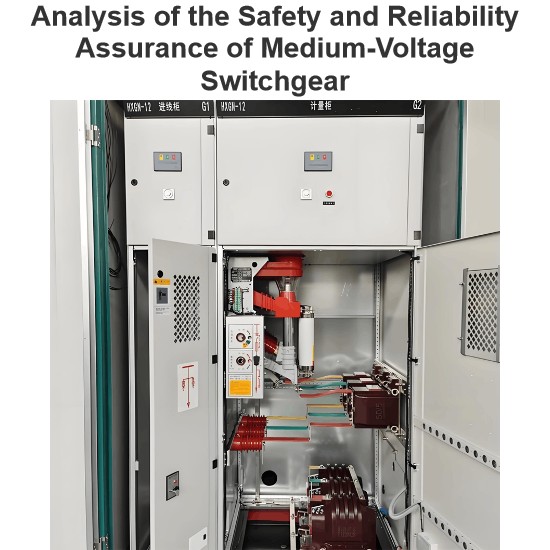Design and Process Technology of Prefabricated Cabin - type Substations
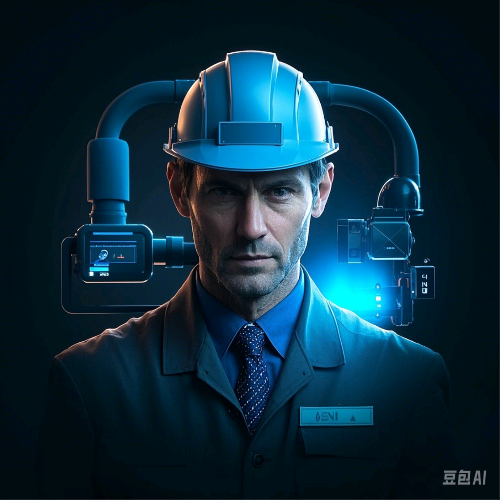
Felix Spark
04/28/2025
1. Structural Classification of Substation Automation Systems
1.1 Distributed System Structure
1.1 Distributed System Structure
The distributed system structure is a technical architecture that realizes data collection and control through the collaborative work of multiple decentralized devices and control units. This system is composed of multiple functional modules, including monitoring and data storage units. These modules are interconnected through a reliable communication network and achieve substation automation operations according to preset control logic and strategies.
In a distributed structure, each unit has independent processing power and decision - making functions, enabling automatic control and fault diagnosis within a local area.
Meanwhile, these units can upload data to a centralized control system in real - time, and the substation can be centrally managed through a remote monitoring platform. Compared with traditional centralized control systems, distributed systems have higher flexibility and redundancy, which can effectively avoid the impact of single - point failures and improve the stability and reliability of the system. The distributed system structure can support more complex automation functions, enabling substations to respond flexibly in the face of complex power grid environments and ensuring the safety and stability of power supply.
1.2 Centralized System Structure
The centralized system structure takes a central control unit as the core and manages and coordinates the operation of various devices in the substation through centralized data processing and control functions. This structure consists of a central control system and intelligent electronic devices. The central control system is responsible for receiving and processing data from various devices, and issuing commands according to control strategies to achieve unified control and management of various substation equipment.
In a centralized system, all monitoring and control functions are concentrated in the central control unit, and various devices in the substation are connected through a high - speed communication network. Although this structure has high unity and convenience in system management and maintenance, since all control and decision - making processes rely on a single central control system, once the central system fails, it may lead to the loss of control or interruption of operation of the entire substation, thus affecting the safety and reliability of the power system.
1.3 Hierarchical System Structure
The hierarchical system structure is an architecture that divides system functions into multiple layers, with each layer independently responsible for specific tasks. This structure typically includes four main levels: the field layer, control layer, monitoring layer, and management layer. Data exchange and control coordination are carried out between each layer through a high - speed communication network.The field layer is at the bottom of the system and is mainly composed of intelligent devices and relay protection devices in the substation. The field layer is responsible for basic operations such as collecting electrical parameters, monitoring equipment status, and performing local automatic control.
The control layer is located between the field layer and the monitoring layer and is mainly composed of remote terminal units and programmable logic controllers. The control layer is responsible for obtaining data from the field layer and controlling field equipment according to control logic and operation strategies, thus completing the automated scheduling of equipment in the substation.The monitoring layer is in the upper - middle part of the system and is usually composed of a supervisory control and data acquisition (SCADA) system. The monitoring layer is responsible for centrally processing and storing data from the control layer and field layer, monitoring the operation status of the substation in real - time, and providing functions such as alarms and equipment management.
The management layer is at the top of the system and is mainly responsible for the comprehensive management and decision - making support of the substation. The management layer provides functions such as overall monitoring and maintenance management of the power system to ensure the coordinated operation of the substation in the entire power grid.
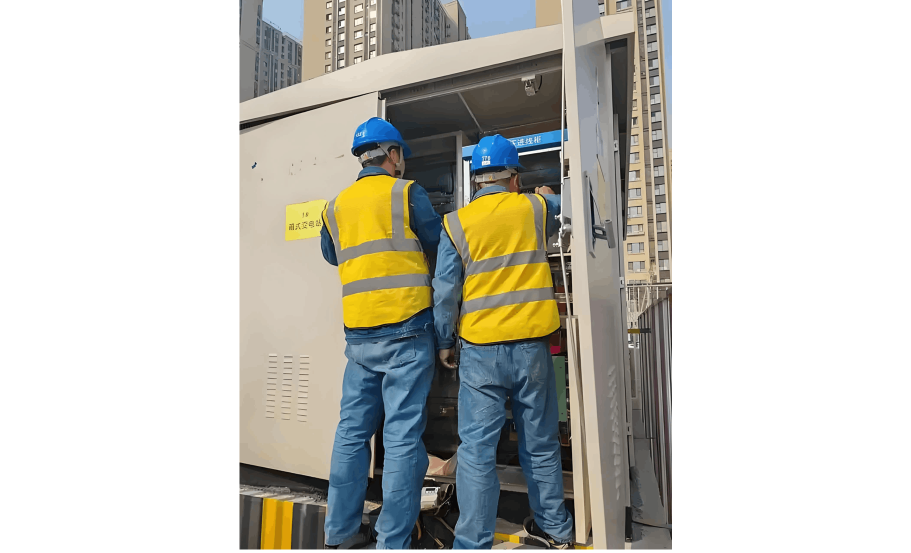
2. Common Faults in Substation Automation Systems
2.1 Communication Network Faults
2.1 Communication Network Faults
The communication network of the substation automation system plays a crucial role in modern power systems, responsible for realizing real - time data transmission and information sharing among various devices. However, communication network faults can seriously affect the automated control and remote monitoring of substations, leading to unstable operation of the power system.
Communication equipment may fail due to aging or quality issues. Hardware damage to switches or routers may prevent data from being forwarded normally, and disconnection of transmission lines may lead to communication interruption. Power supply problems are also an important cause of hardware failures. Unstable power supply may prevent communication equipment from operating properly.
In the communication network of substations, electromagnetic interference generated during equipment operation may affect the quality of communication signals, especially for low - frequency signals or wireless communication. The strong electric and magnetic fields generated by high - voltage equipment in the power system are also likely to cause signal attenuation or distortion, affecting the reliability of data transmission. Signal attenuation in long - distance transmission lines is also a common problem, especially when using cable communication. The signal gradually weakens during transmission, which may prevent the receiving end from accurately receiving data.
2.2 Data Acquisition Faults
Data acquisition in the substation automation system is the basis for realizing remote monitoring and dispatching management. The data acquisition system is responsible for obtaining real - time data from various devices in the substation and transmitting it to the central control system or SCADA system. If data acquisition fails, it may affect the normal operation of the substation and even endanger the safety of the power system.
The data acquisition system relies on a large number of hardware devices. If these devices fail, data acquisition cannot proceed normally. Sensor damage or aging may lead to inaccurate measurement of key parameters such as current or temperature. Power failures of remote terminal units (RTUs) or intelligent electronic devices (IEDs) may prevent the devices from starting or cause them to stop working, thereby affecting data transmission and acquisition.
Data acquisition depends on a stable communication network to transmit data from field devices to the central control system. If the communication network fails, such as signal loss or data transmission delay, it will lead to the failure of data acquisition. Problems such as damaged communication lines, faulty network switching equipment, or protocol incompatibility will directly affect the reliability and real - time nature of data transmission.
If the devices in the data acquisition system are not properly configured or calibrated, the collected data may be inaccurate or lost. If the devices are not configured with parameters according to specifications during installation or are not regularly calibrated later, it is also easy to cause data acquisition errors. The normal operation of the data acquisition system depends on the support of the corresponding software platform or program. If there are loopholes in the software or version incompatibility, data acquisition may not be executed normally.
2.3 False Alarm Faults
In the daily operation of the substation automation system, it can monitor the status of power equipment in real - time and issue alarm signals so that corresponding measures can be taken in a timely manner. However, false alarms are one of the common fault types in automation systems. False alarms may not only affect the normal operation of staff but also lead to waste of resources and unnecessary interference. In severe cases, they may even lead to inappropriate emergency responses.
The alarm function of the substation automation system usually depends on set thresholds. If these thresholds are set too sensitively or do not conform to actual operating conditions, frequent false alarms may occur. Large voltage fluctuations or transient changes in equipment under certain operating conditions may be mistaken for faults, triggering alarms. Therefore, reasonable threshold setting is crucial for avoiding false alarms.
Operational errors by operators are also a common cause of false alarms. During system configuration or equipment debugging, errors by operators may lead to unreasonable alarm conditions or trigger false alarms. If operators do not configure the system according to standard operating procedures or do not recalibrate alarm parameters when replacing equipment, the equipment status may not match the alarm conditions, resulting in false alarms.
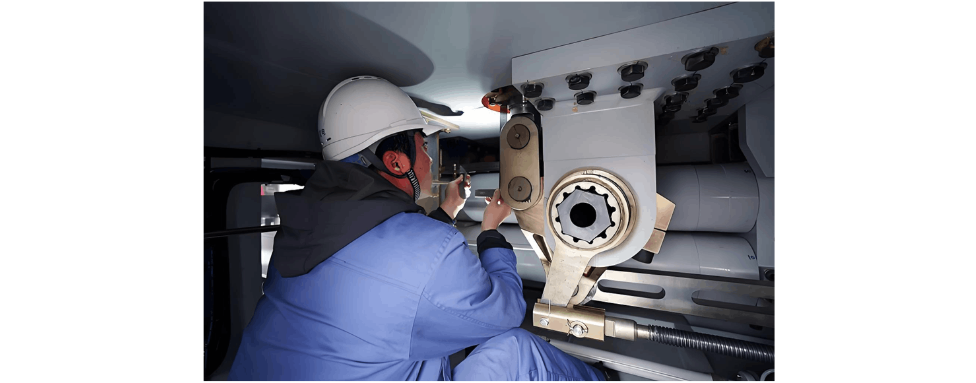
3. Measures for Handling Common Faults in Substation Automation Systems
3.1 Improving the Hardware Equipment Management System
3.1 Improving the Hardware Equipment Management System
Establishing a sound equipment management system is a prerequisite for preventing hardware failures. Substations should formulate detailed management specifications for the entire life cycle of equipment, including procurement and maintenance, to ensure that each piece of equipment undergoes strict quality inspection and acceptance before installation and meets technical requirements when put into use. At the same time, for different types of equipment, special maintenance cycles and inspection standards should be set, with regular inspections and updates to extend the service life of equipment and reduce failures caused by equipment aging or damage.
Secondly, substations should strengthen the monitoring and recording of equipment during operation. Through real - time monitoring of equipment, potential fault hazards can be detected in a timely manner. Use an online monitoring system to continuously monitor the operation status and key parameters such as current of substation automation equipment and transmit the data to the central monitoring system. On this basis, conduct regular fault diagnosis, record detailed data of equipment operation, form historical files, so as to conduct fault prediction and analysis, effectively identify abnormal changes in equipment, and take preventive measures to prevent failures.
3.2 Regular maintenance and servicing work
Regular maintenance work should include the maintenance of the software system of the automation system. The core part of the automation system is the computer monitoring system and control software. The stability of their operation directly affects the automation level and fault diagnosis capability of the substation. Regularly maintain the software system, including updating and optimizing the operating system and control algorithms, to ensure that the software does not experience "failure" or "crash" when handling complex operations.Regular backup work is also crucial, as it can prevent system downtime due to program damage or data loss. Therefore, regular system backups and data recovery drills are part of the maintenance work.
Regular maintenance work should include the maintenance of the software system of the automation system. The core part of the automation system is the computer monitoring system and control software. The stability of their operation directly affects the automation level and fault diagnosis capability of the substation. Regularly maintain the software system, including updating and optimizing the operating system and control algorithms, to ensure that the software does not experience "failure" or "crash" when handling complex operations.Regular backup work is also crucial, as it can prevent system downtime due to program damage or data loss. Therefore, regular system backups and data recovery drills are part of the maintenance work.
3.3 Implementing the Elimination Method
Implementing the elimination method requires clearly defining the fault symptoms and making detailed records. Operators should quickly identify the manifestation of the fault based on system alarms and equipment performance, and understand the basic situation of the fault. If the system experiences data loss or transmission delay, operators should first check the communication links of all parts of the system to ensure that the data transmission channel is not interrupted. Through careful observation, some obvious fault causes can be excluded, ensuring that subsequent fault troubleshooting is more targeted.
The implementation of the elimination method needs to follow certain steps. Take data acquisition faults in the substation automation system as an example. First, check the acquisition equipment itself, such as sensors and transformers, to confirm the operation status of these devices. If the acquisition equipment is okay, further check the communication connections and data transmission protocols between devices. If the communication equipment and network connections are normal, then check whether the software settings of the automation system are correct, and whether there are abnormal configurations or program errors. Finally, through step - by - step elimination, the fault source is ultimately determined. This method effectively narrows the scope of troubleshooting, avoiding blind inspection and waste of resources.
4. Conclusion
In summary, the substation automation system involves a large number of devices and technologies, with a wide variety of system faults, and high complexity in fault location and handling. At the same time, during the operation of the substation automation system, some devices may fail due to factors such as aging and changes in the external environment. If these faults are not handled in a timely manner, it may lead to equipment damage and reduced system operation efficiency, thus increasing maintenance and repair costs. Therefore, measures such as improving the hardware equipment management system, conducting regular maintenance work, and implementing the elimination method are needed to improve the ability of fault detection and prevention.

Hey there! I'm an electrical engineer specializing in Failure and Maintenance. I've dedicated my career to ensuring the seamless operation of electrical systems. I excel at diagnosing complex electrical failures, from malfunctioning industrial motors to glitchy power distribution networks. Using state - of - the - art diagnostic tools and my in - depth knowledge, I pinpoint issues quickly. On this platform, I'm eager to share my insights, exchange ideas, and collaborate with fellow experts. Let's work together to enhance the reliability of electrical setups.

